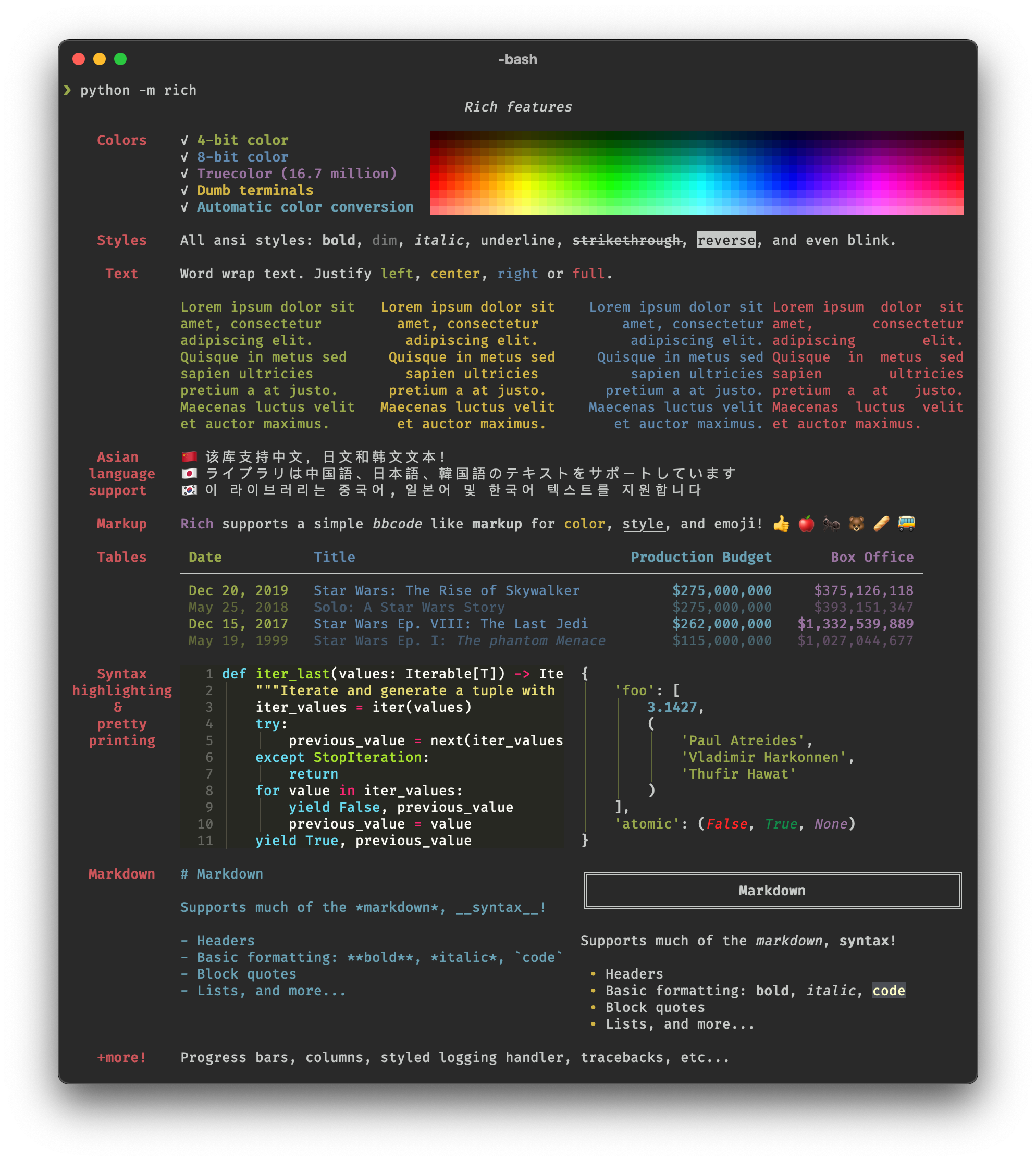131 private links
The best free and open-source automated time tracker. Cross-platform, extensible, local/privacy-first.
LanguageTool is a free proofreading tool for English, German, Spanish, Russian, and more than 20 other languages.
A powerful grammar checker for Vim using LanguageTool. - rhysd/vim-grammarous
Optimized for mobile. Syncs with Dropbox, Google Drive and WebDAV.
An important step towards optimizing energy consumption is knowing your actual consumption. My house was built during the oil crisis in the 1970s, and due to the lack of a natural gas connection, the builders decided to use electricity to do all of the heating (water and home heating). This is not unusual for this area of Germany, and it remains an appropriate solution in countries that depend highly on nuclear power.
Acquista Iot kit Siemens serie IoT2020 6ES7647-0AA00-0YA2 o Kit di sviluppo IOT su RS Online in 24 ore ti consegneremo il tuo ordine con il plus del grande servizio che solo RS può darti.
Since the 1940s, electric guitarists, keyboardists, and other instrumentalists have been using effects pedals, devices that modify the sound of the original audio source. Typical effects include distortion, compression, chorus, reverb, and delay. Early effects pedals consisted of basic analog circuits, often along with vacuum tubes, which were later replaced with transistors. Although many pedals today apply effects digitally with modern signal processing techniques, many purists argue that the sound of analog pedals can not be replaced by their digital counterparts. We’ll follow a deep learning approach to see if we can use machine learning to replicate the sound of an iconic analog effect pedal, the Ibanez Tube Screamer. This post will be mostly a reproduction of the work done by Alec Wright et al. in Real-Time Guitar Amplifier Emulation with Deep Learning1. Alec Wright et al., “Real-Time Guitar Amplifier Emulation with ↩
Machine Learning • Artificial Intelligence • 3D Graphics • Cloud GPUs
C++ frame profiler. Contribute to wolfpld/tracy development by creating an account on GitHub.

"The optimal solution to the ongoing GitHubification of Free Software would be the creation of a successfully competitive software development repository specialized to the Free Software community."
Spoiler: C++ is not faster or slower – that's not the point, actually. This article continues our good tradition of busting myths about the Rust language shared by some big-name Russian companies.

Rich is a Python library for rich text and beautiful formatting in the terminal. - willmcgugan/rich
Posted by Thomas Müller, Software Engineer, Google Research Much of the world’s information is stored in the form of tables, which can b...
We show that for thousands of years, humans have concentrated in a surprisingly narrow subset of Earth’s available climates, characterized by mean annual temperatures around ∼13 °C. This distribution likely reflects a human temperature niche related to fundamental constraints. We demonstrate that depending on scenarios of population growth and warming, over the coming 50 y, 1 to 3 billion people are projected to be left outside the climate conditions that have served humanity well over the past 6,000 y. Absent climate mitigation or migration, a substantial part of humanity will be exposed to mean annual temperatures warmer than nearly anywhere today.
All species have an environmental niche, and despite technological advances, humans are unlikely to be an exception. Here, we demonstrate that for millennia, human populations have resided in the same narrow part of the climatic envelope available on the globe, characterized by a major mode around ∼11 °C to 15 °C mean annual temperature (MAT). Supporting the fundamental nature of this temperature niche, current production of crops and livestock is largely limited to the same conditions, and the same optimum has been found for agricultural and nonagricultural economic output of countries through analyses of year-to-year variation. We show that in a business-as-usual climate change scenario, the geographical position of this temperature niche is projected to shift more over the coming 50 y than it has moved since 6000 BP. Populations will not simply track the shifting climate, as adaptation in situ may address some of the challenges, and many other factors affect decisions to migrate. Nevertheless, in the absence of migration, one third of the global population is projected to experience a MAT >29 °C currently found in only 0.8% of the Earth’s land surface, mostly concentrated in the Sahara. As the potentially most affected regions are among the poorest in the world, where adaptive capacity is low, enhancing human development in those areas should be a priority alongside climate mitigation.

